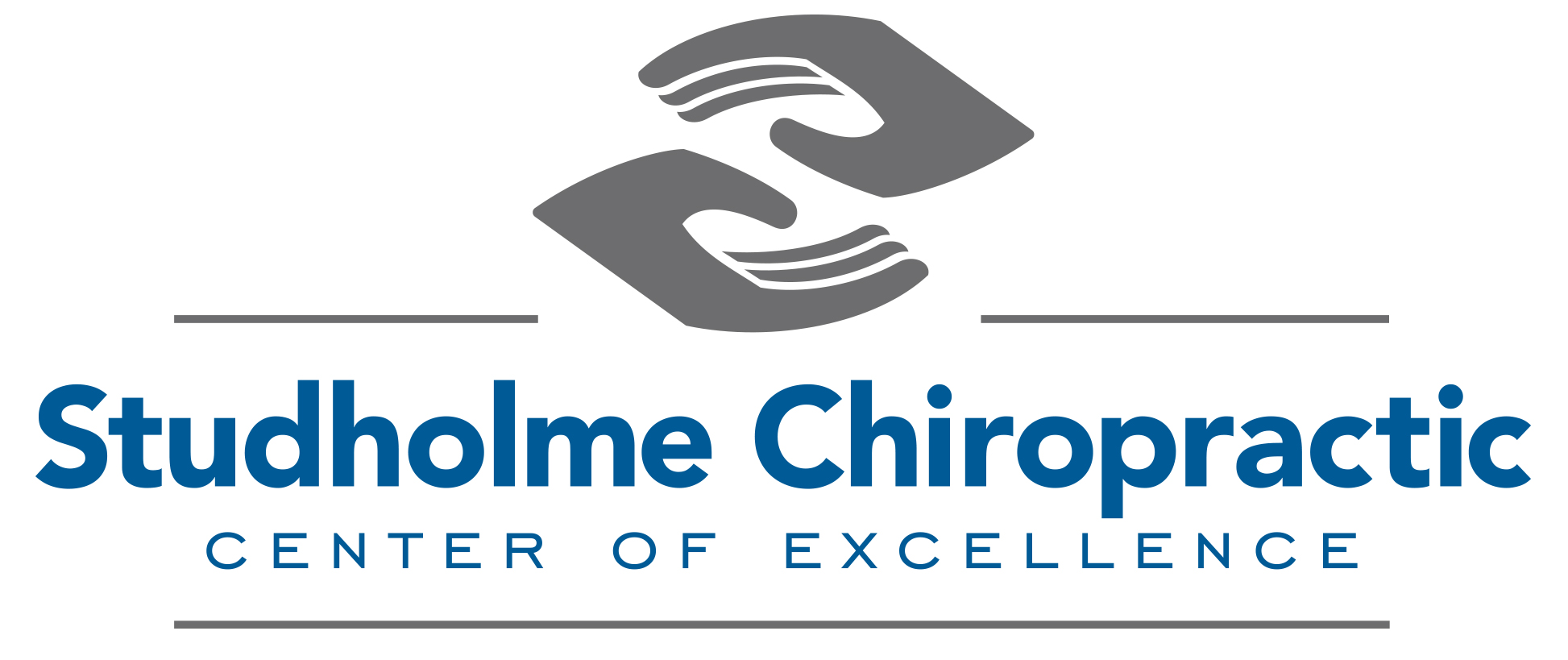Treating Acute Injuries
Although much of our focus at Studholme Chiropractic is on complex chronic pain conditions and long-term injuries that haven’t improved, we also get great results treating acute injuries.
Between Sam and me, we have 30 years of clinical experience treating all types of acute injuries. It would surprise my patients if they knew what type of injuries walk into the office. I’ve seen broken ribs, fractured spines, severe muscles tears, shoulder dislocations, and acute ankle sprains to name a few.
When Sam was working with the military and Division 1 Athletics, her job was to manage acute injuries and determine the appropriate course of care. This means she was responsible for all phases of treatment and care. These injuries included but were not limited to fractures, sprained ankles, muscle tears, ruptured ligaments and tendons, detached retinas, ruptured ear drums, and much more.
Why do I share this background?
Because for most injuries our office is a much better place to start than your doctor’s office. Most M.D.s are not trained sufficiently in musculo-skeletal injury management. The recommendation is typically rest, ice, take anti-inflammatories, and many times a referral to P.T.
Surprisingly research supports early rehab is better than rest for many injuries. The sooner we can normalize movement, the better the long-term recovery. Therefore, due to our experience, if you come see us right away with an acute injury, we can begin to manage it immediately and speed the recovery. If, on the other hand, it needs an X-ray, MRI, etc., we can diagnose that and make the appropriate referral.
A Case Study

A patient was walking down the gym stairs after a yoga class. She tripped, heard a loud pop and fell…severely spraining her left ankle. She immediately called the office and was seen by Sam that same morning. The ankle immediately swelled up and was black and blue. It turns out that the degree of swelling and bruising is not always predictive of the severity of the injury. Fortunately, Sam has seen hundreds of ankle sprains and was not swayed by the looks of the injury. She did the appropriate testing to be sure there wasn’t fractured and then began immediate rehabilitation consisting of following:
- Class 4 Lite Cure laser treatment. This is remarkable for reducing swelling, pain, inflammation, and promoting tissue healing.
- Prologel to the injured nerves. Which helps reduce one of the main pain mechanisms in injury which is neurogenic inflammation.
- Dynamic Tape. This protects the ankle and immediately normalizes the movement, allowing the patient to walk normally without a pronounced limp.
- HyperVibe. After several 90-second rounds of body weight squats on the hypervibe (to begin moving the ankle safely), the patient was able to walk normally with minimal pain.
- Home exercises were given to normalize motion and begin the strengthening process.
Within 2 days the patient was walking around gingerly but without pain. Within 5 days she was back to walking her regular 4 mile walks around the park. A grade 2-3 ankle sprain is supposed to take 4-6 weeks to recover. Had she gone to the ER, they would have taken an x-ray and put her in a boot for 2 weeks, restricting this essential movement, further delaying proper healing.
Since 40% of all ankle sprains become chronic; the sooner we can normalize function, the less likely the ankle will become a chronic issue.
This is only one example of the many injuries that we can treat and help progress much sooner than most patients realize. We hope you don’t suffer an injury, but in case you do, here’s a reminder that we may be the best place for you to start and finish your treatment.
